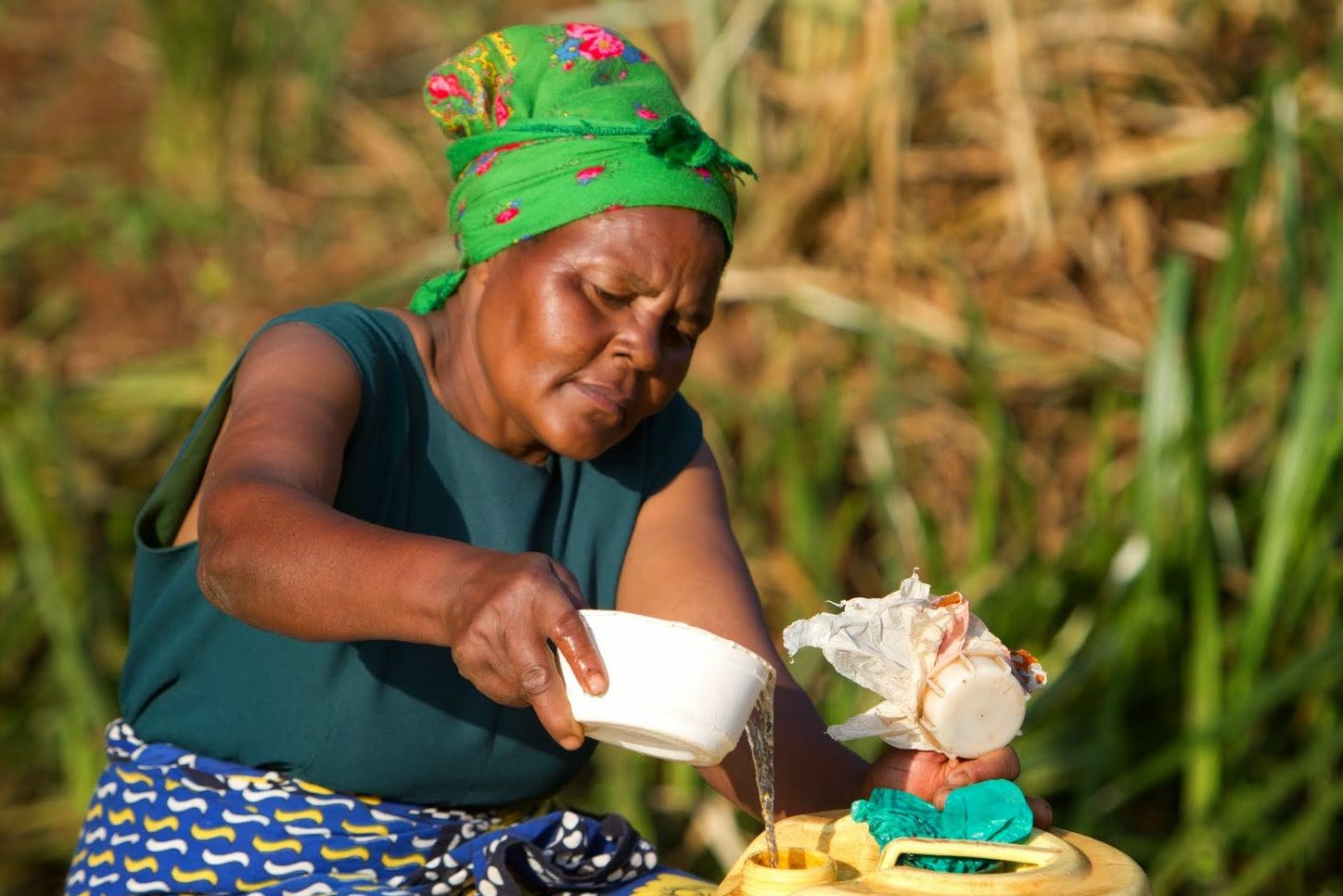The Equator Prize
Organized by the Equator Initiative within the United Nations Development Programme, the Equator Prize recognizes and celebrates indigenous peoples and local communities who advance local, innovative, naturebased solutions for tackling biodiversity loss and climate change, and achieving their local development goals. These are just two of the winners of this year’s prize.
Enabling Afghanistan’s Kishim River Valley to spring back to life
Deep in a remote valley of Afghanistan along the Kishim River, hillsides had been left barren from rampant illegal deforestation, and had given way to soil erosion and destructive landslides that destroyed farmland. Climate change brought more extreme weather, including intensified floods and droughts. The land was left unable to naturally absorb and regulate water, and families struggled to grow adequate food.
Starting in 2012, the Rural Green Environment Organization responded through a massive wave of reforestation, planting more than 200,000 trees and vines, and protecting them with forest patrols. An additional 120 kilometers of river-facing slopes also were terraced, increasing water absorption and reducing excessive runoff. Through this effort, the hillsides of the watershed have been stabilized, slowing the flow of rain and snow towards the river, and reducing the likelihood of landslides and floods that once destroyed farmland below. By utilizing the natural ability of reforestation to regulate the water cycle, the Kishim River Valley of Afghanistan has sprung back to life.
Reawakening water-filtering wetlands along Kenya’s Kipsaina River

In the Great Rift Valley of Kenya in sub-Saharan Africa, biologically rich swamps and wetlands surrounding Saiwa National Park once served as a natural sponge and filter by retaining and cleaning water moving through. In their natural state, these wetlands improve water quality, protect communities from floods and droughts, and provide biodiverse habitat. But, following decades of degradation, much of this area was drained and converted to cultivation and livestock grazing land.
The change was so significant that the once healthy river was reduced to a stream and wildlife disappeared. Today, these wetlands are reawakening following 25 years of restoration and conservation education within local communities.
The Kipsaina Crane and Wetlands Conservation Group has inspired many community members to cease cultivation on smallholder plots in favor of establishing communityconserved wetlands. More than 200,000 native trees have been planted, and a 1.5 kilometer continuous wetland now thrives along the Kipsaina River in the place of formerly degraded lands. Leaders also promote organic farming practices that reduce water pollution caused by pesticides and fertilizers.
By facilitating alternative livelihood activities such as agroforestry, fish farming, and beekeeping, the Kipsaina Crane and Wetlands Conservation Group provides additional incentive to allow the wetland to do one of its most important natural jobs: conserving water. As a result of this work, these wetlands also support an increasing level of biodiversity. The population of threatened Grey Crowned Cranes has doubled since the wetlands were restored.